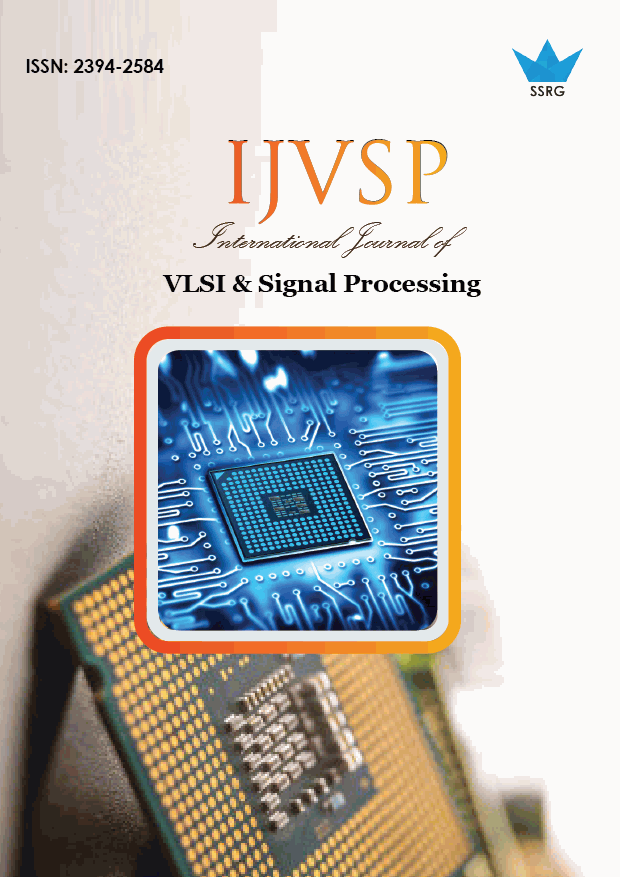Thresholding Approach Based on Test Cell Statistics

| International Journal of VLSI & Signal Processing |
| © 2018 by SSRG - IJVSP Journal |
| Volume 5 Issue 1 |
| Year of Publication : 2018 |
| Authors : Ms.Juilee S. Sathone and Prof. S. U. Deoghare |
How to Cite?
Ms.Juilee S. Sathone and Prof. S. U. Deoghare, "Thresholding Approach Based on Test Cell Statistics," SSRG International Journal of VLSI & Signal Processing, vol. 5, no. 1, pp. 15-20, 2018. Crossref, https://doi.org/10.14445/23942584/IJVSP-V5I1P104
Abstract:
In radar system, There is a Test cell statistics for thresholding approach on constant falls alarm rate CFAR. The main function of CFAR algorithm is to detect target when the return signal consist of noise, interference and clutter.The property of constant false alarm rate (CFAR) is threshold or gain control devices that maintain approximately constant rate of false target detection. The CFAR CA, GO, SO, OS are the types of CFAR.“Cell average”(CA-CFAR) performance is degraded in the presence of interfering target or change in background clutter noise.“ Greatest Of ”(GO-CFAR) isdesigned to maintain constantvalue of false target detection during reverberation edges and is unable to detect target which is closely spaced. “Smallest Of ”(SO-CFAR) performance is better in case of multiple target. But none of them perform well in all three background environment such as homogeneous , reverberation edges and multiple target.“Ordrer Statistic” (OS-CFAR) composed of Cell average CFAR, Smallest of CFAR and Greatest of CFAR preform using 2-D OS-CFAR well in presence of homogeneous, reverberation edges and multiple target environment respectively.
Keywords:
Clutter background,Radar signal detection, Constant false alarm rate (CFAR), 2-D Order Statistic.
References:
[1] Sebasti´an A. Villar,“A Framework for Acoustic Segmentation Using Order Statistic-Constant False Alarm Rate in Two Dimensions From Sidescan Sonar Data",IEEE International Conference on Advances in Communication and signal processing IEEE 20017.
[2] Tri-Tan Van Cao, “A CFAR Thresholding Approach Based on Test Cell Statistics’’, IEEE International Conference on Advances in Communication and signal processing IEEE 2004.
[3] Hermann Rohling ,“ Radar CFAR Thresholding in Clutter and Multiple Target Situations", IEEE International conference IEEE 2002.
[4] M. E. Smith,P.K. Varshney, “Intelligent CFAR Processor Based on Data Variability",IEEE International Conference on Advances in Communication and signal processing IEEE 2000
[5] https://en.wikipedia.org/wiki/RADAR.
[6] reference book// Electronic communication system by kennedy.

 10.14445/23942584/IJVSP-V5I1P104
10.14445/23942584/IJVSP-V5I1P104